The Hanoi Department of Education and Training has announced sample questions for 7 subjects for the 10th grade entrance exam in 2025. These 7 subjects include literature, math, foreign languages, natural sciences, history and geography, civics, and information technology.
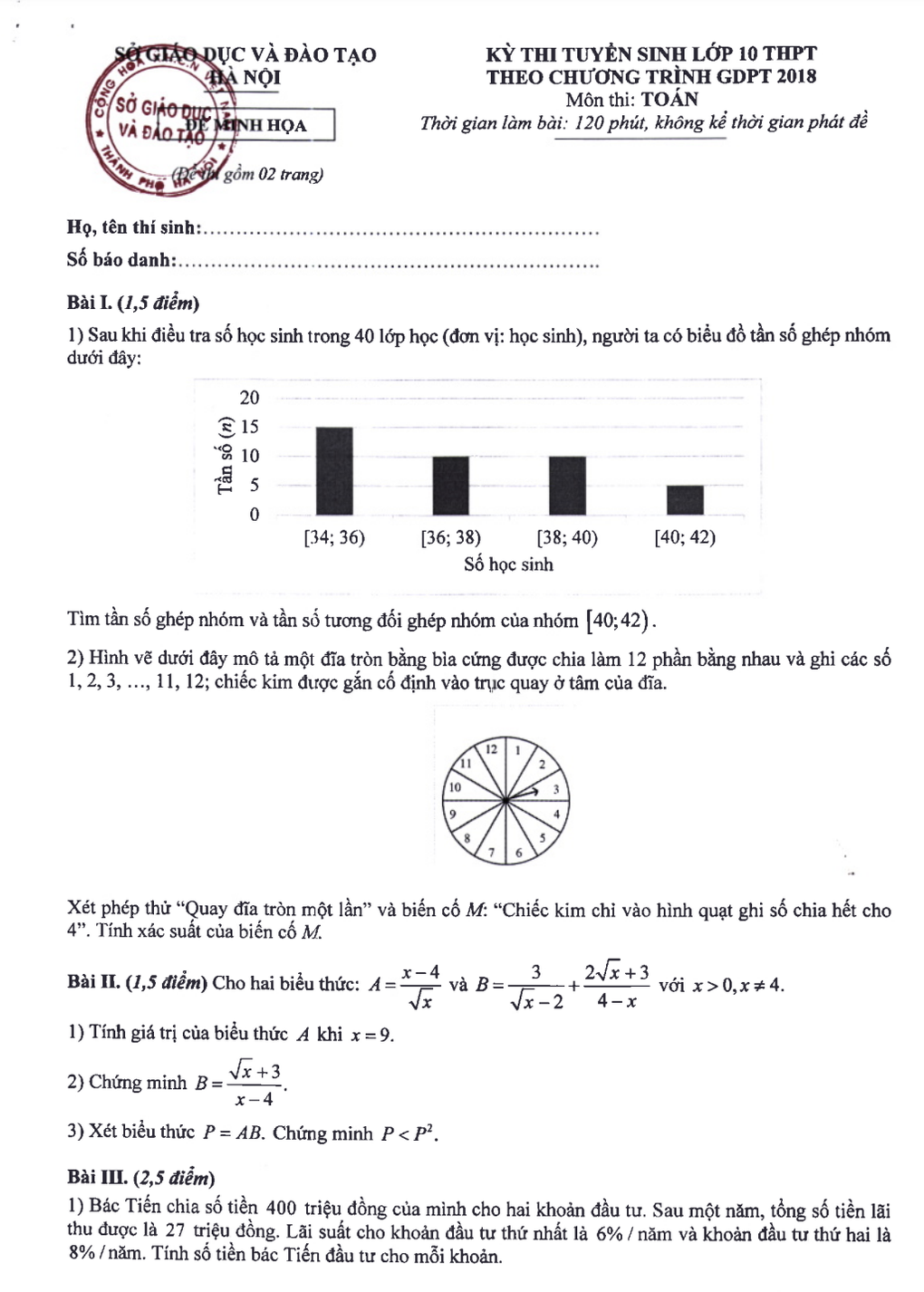
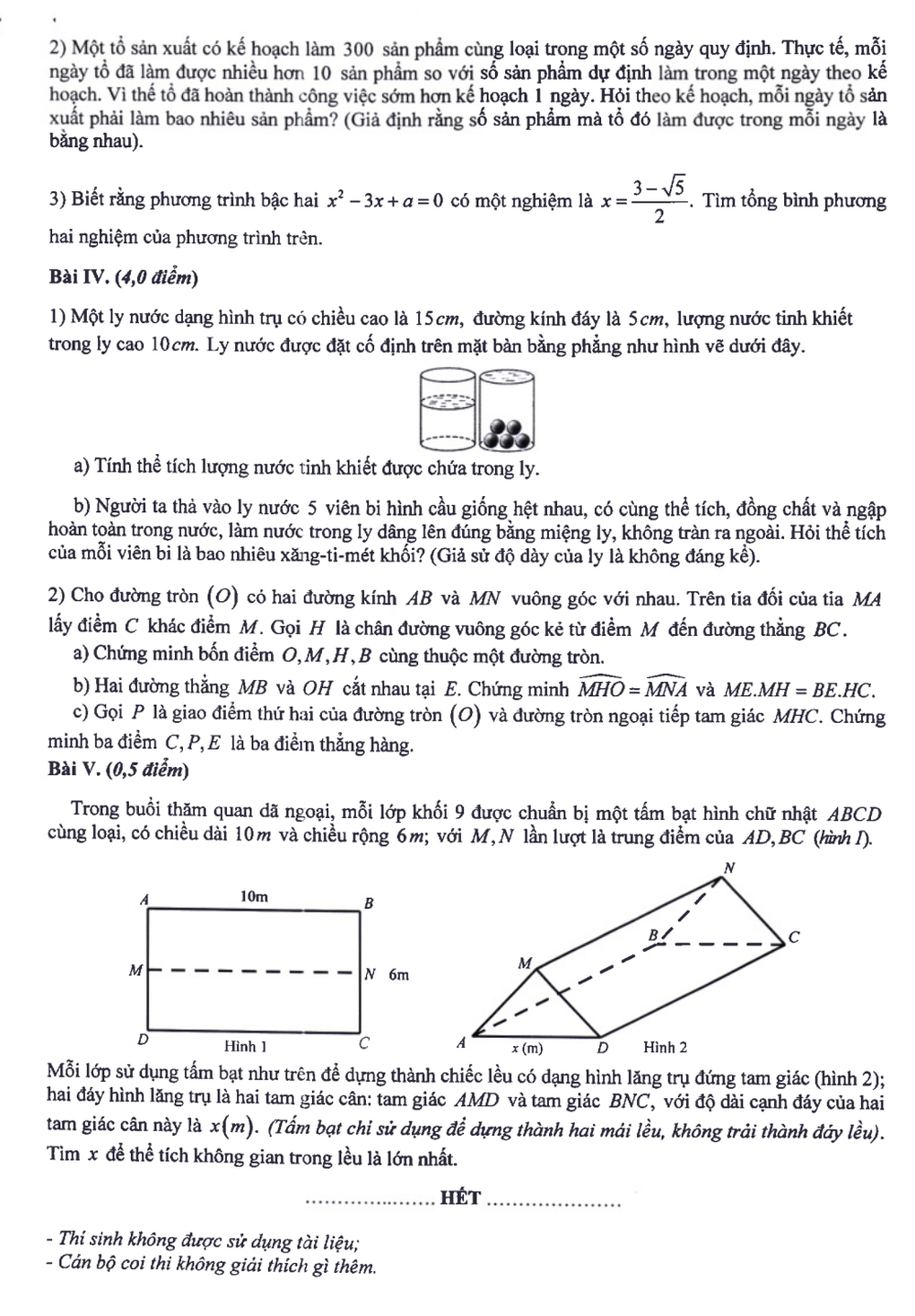
Illustrative math exam for grade 10 entrance exam in 2025 school year in Hanoi (Screenshot).
For math, the knowledge of the exam consists of 3 parts: Numbers and algebra account for 4.5 points, geometry and measurement account for 4 points, statistics and probability account for 1.5 points.
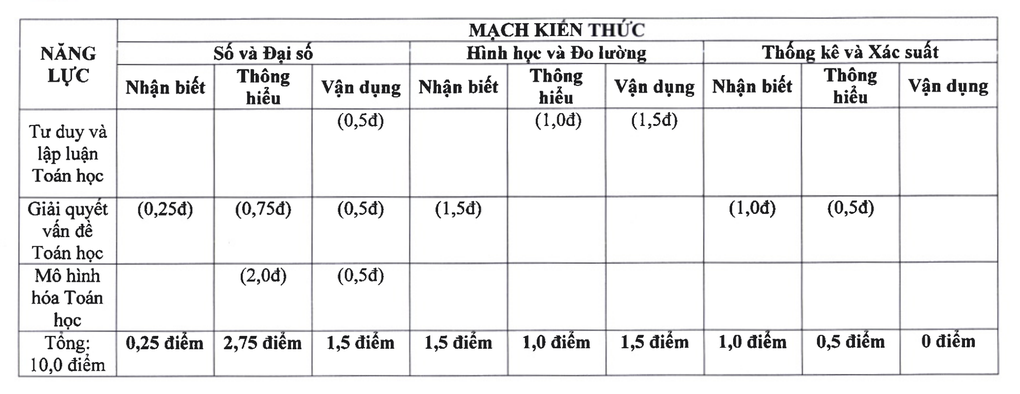
Math knowledge circuit for 10th grade entrance exam in Hanoi in 2025 (Screenshot).
>> See detailed suggested answers for the math exam for public grade 10 in Hanoi in 2025 from teachers of the professional department tuyensinh247 HERE
Math illustration test review
According to teacher Do Van Bao, the general structure of the exam is arranged as follows:
Part I: (1.5 points) Includes 2 questions on statistics and probability.
- Data statistics, charts
- Probability
Part II: (1.5 points) Includes 3 questions on algebraic expressions, similar to Question I in previous years' exams.
- Calculate expression values, test students' basic skills
- Simplify the expression
- Additional questions to differentiate students
Lesson III: (2.5 points) Includes 3 questions related to systems of equations and quadratic equations.
- Sentence 1,2: Solve real-life problems by setting up a system of equations, setting up equations
- Question 3 Quadratic equation
Lesson IV. Geometry
- Spatial geometry
- Problems about circles
Lesson V. Advanced problems on geometric extrema related to real-world factors.
Total score: 10 points, evenly distributed between basic and advanced knowledge sections, from algebra, geometry to practical applications.
Comments on knowledge content
Algebra Section: Includes basic content such as calculations with expressions, quadratic equations and applications. The new point of the sample test is that there are many questions that exploit real-life problems, helping students approach problems in life through Mathematics.
Geometry Section: Includes familiar content such as plane geometry, problems related to circles and inscribed quadrilaterals, spatial geometry, geometric proofs, and geometric applications in practice. The exam requires students to have good spatial thinking and the ability to apply geometric theory to practical problems.
Statistics and Probability section: is new content compared to previous year's exams, appearing in Lesson I, requiring students to analyze graphs and calculate probability, which is content with practical application and frequently appears in new textbook programs.
Comments on difficulty
Basic and Intermediate Level: Questions on evaluating expressions, solving quadratic equations, and calculating probability are all at basic and intermediate levels. Students only need to have a solid grasp of the basics to be able to do these questions.
Advanced Level: Questions on geometric proofs, practical problems involving spatial geometry, and bank interest calculations require students to have good logical thinking and the ability to apply knowledge in practice. These questions will often be challenging for students with average learning ability.
Hanoi's sample exam is designed to closely follow the new General Education program, focusing on comprehensively testing students' knowledge and skills, especially their ability to apply them in practice.
The exam retains 60-70% of the traditional structure but has innovations in content and question-making methods, helping to evaluate students more comprehensively.
The difficulty of the exam is moderate, with clear differentiation to select good students.
In previous years, the exam often clearly differentiated between good and average students through pure algebra and geometry questions. The sample exam has added practical elements, requiring students not only to have knowledge but also to understand how to apply that knowledge to specific situations.
The structure of the illustrative exam this year has been significantly innovated compared to previous years, with a classification of knowledge content in the lessons, an interleaving of types of questions and especially an increase in practical problems. This reflects the orientation of the new education program, focusing more on testing students' ability to apply knowledge and synthesize thinking.
To do well in the exam, 9th grade students need:
To prepare well for the 10th grade entrance exam with the same structure and content as the sample exam, 9th grade students need to follow these steps:
1. Grasp the basics
Algebra: Need to master basic knowledge in the 9th grade program, including:
First and second degree equations, solutions and properties.
Formulas related to plane and solid geometry, especially theorems related to triangles, circles, and basic geometric shapes.
Solve problems by setting up equations
Geometry: Knowledge, theorems about circles, inscribed quadrilaterals and properties, proving similar triangles and applying properties of similar triangles,...
Statistics and Probability: It is necessary to be familiar with basic statistical concepts such as histograms, frequency tables, simple probability calculations, as these are sections that may appear in the exam.
2. Practice solving real math problems
Applied Mathematics: Students need to practice with problems related to real life, problem solving by setting up equations, systems of equations, production and management problems, or problems related to spatial geometry.
Applying knowledge to reality: Practice problems related to measuring and calculating volume and area in practical situations. This helps students better understand how to apply mathematics to life.
3. Practice logical thinking and analytical skills
Mathematical Proof: Strengthen practice in geometric and algebraic proof problems. In particular, problems requiring proof of relationships between elements in a plane or spatial geometry are necessary to improve logical thinking.
Analyze and solve problems: Practice analyzing the questions and understand the requirements of each question before starting to solve them. This helps avoid confusion and increases accuracy in the test-taking process.
Source: https://dantri.com.vn/giao-duc/goi-y-dap-an-mon-toan-de-minh-hoa-thi-vao-10-cua-ha-noi-nam-2025-20240829150755869.htm



![[Photo] Prime Minister Pham Minh Chinh receives President of Cuba's Latin American News Agency](/_next/image?url=https%3A%2F%2Fvphoto.vietnam.vn%2Fthumb%2F1200x675%2Fvietnam%2Fresource%2FIMAGE%2F2025%2F12%2F01%2F1764569497815_dsc-2890-jpg.webp&w=3840&q=75)



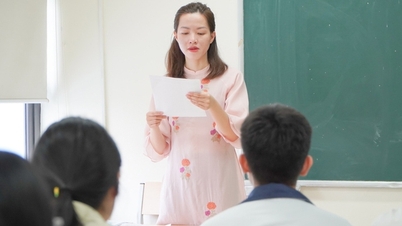









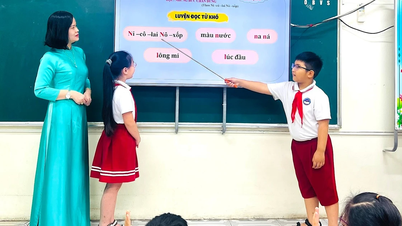

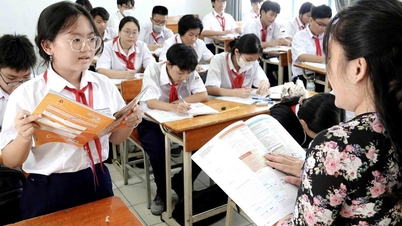
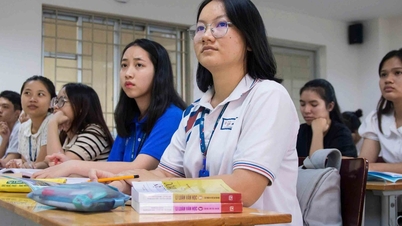


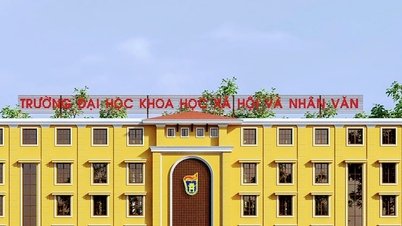



















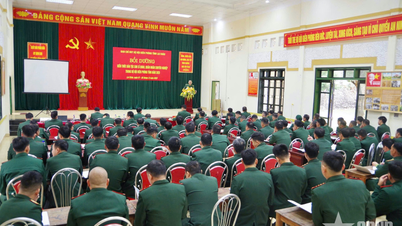


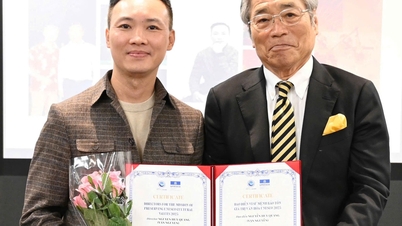
















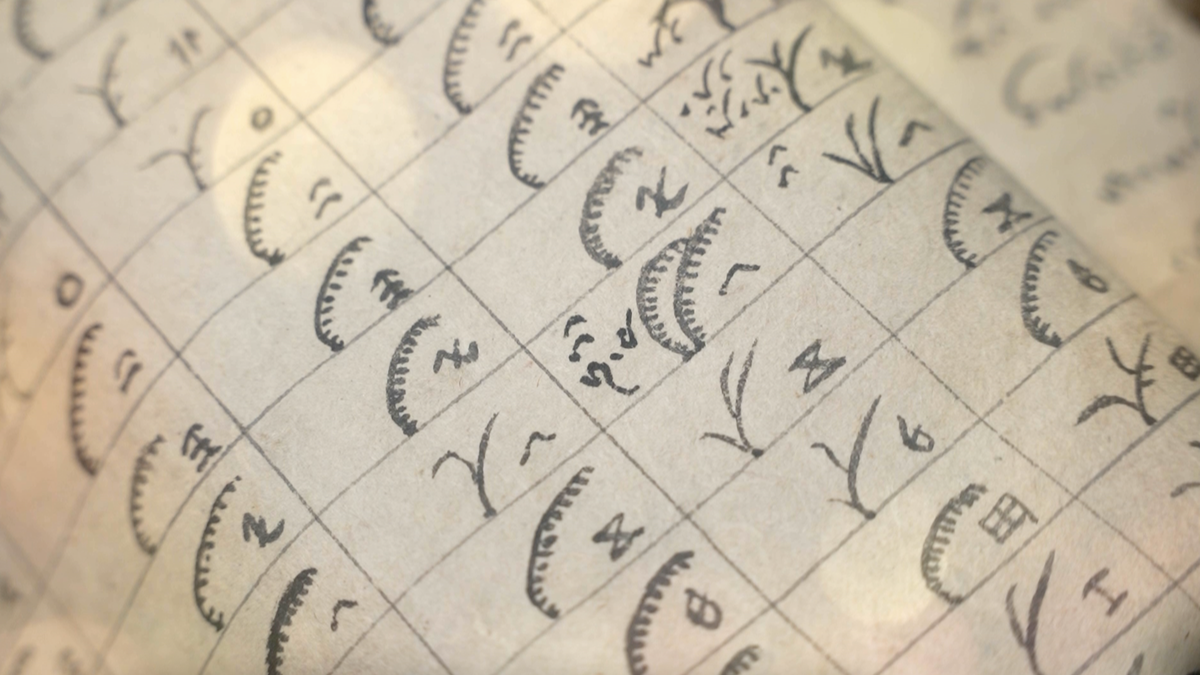








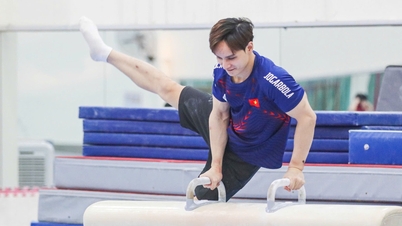


















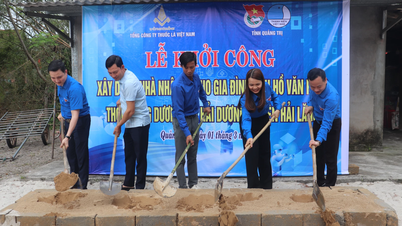















Comment (0)